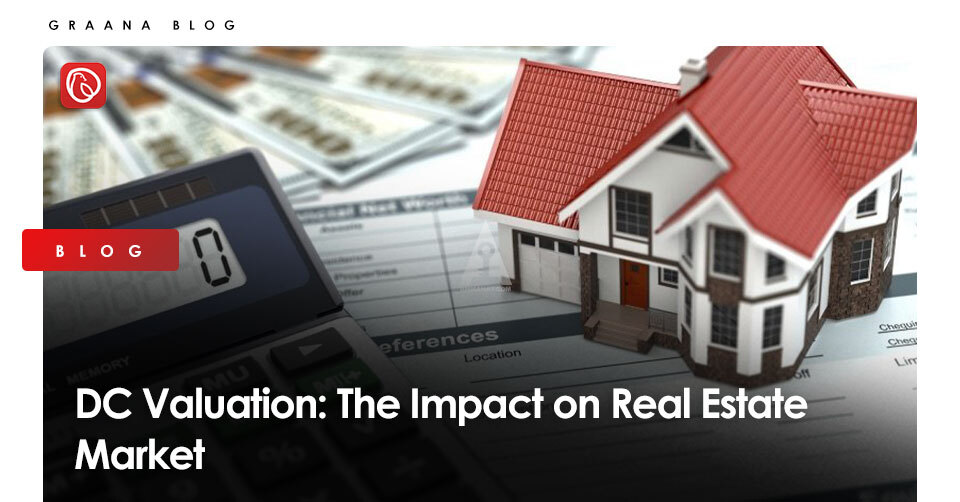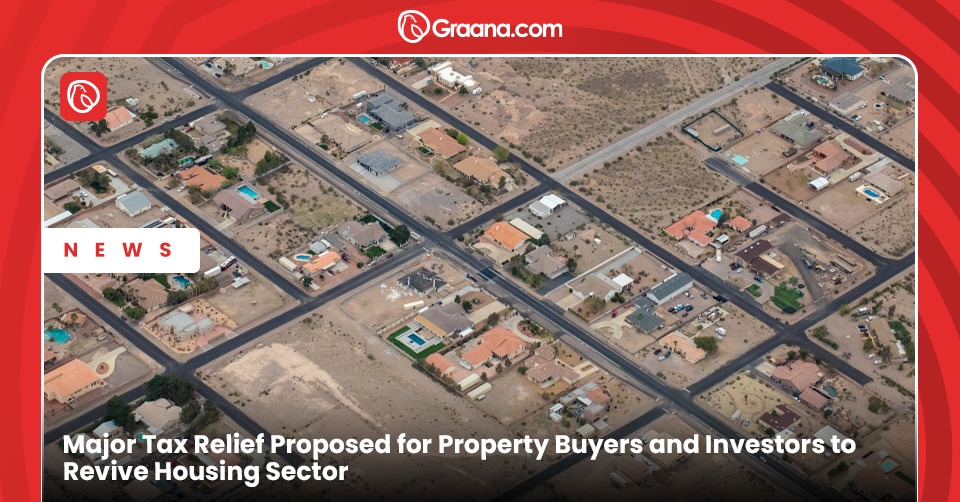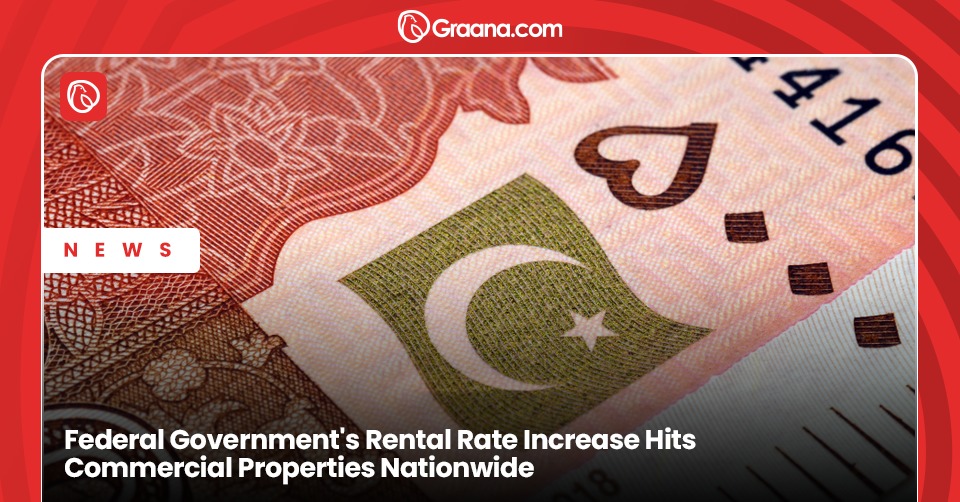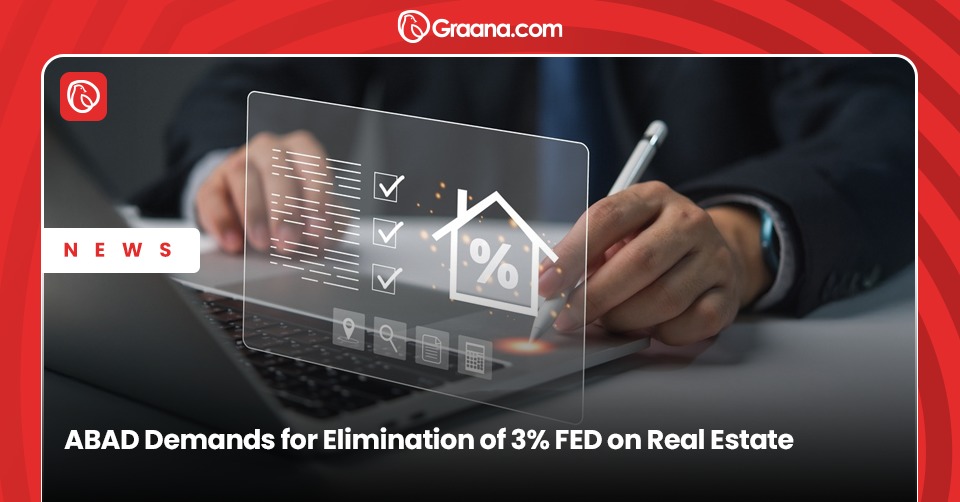With rising uncertainty in the stock and bond markets, more people have started to invest in real estate as it is less volatile and offers a higher return on investment. On the other hand, some are still reluctant to invest in this sector due to flawed government policies.
One such policy for real estate is the District Collector (DC) valuation of immovable properties. In order to provide insight into this pricing system, Graana.com, Pakistan’s smartest property portal, discusses DC valuation below and how it is impacting the real estate market.
The Basics – What is DC Valuation?
The term “DC valuation” often describes the process of applying the Discounted Cash Flow (DCF) approach to determine the value of an entity or asset. Finding an asset or company’s intrinsic worth is the goal of a DCF valuation.
The term “DC” here refers to “Discounted Cash,” meaning that the process determines the future cash flows’ present value. Using DCF valuations, analysts and investors can determine if an investment is overvalued or undervalued depending on their projections for future cash flows and the needed rate of return. It’s an essential instrument for financial analysis and investment decision-making.
DC Property Valuation
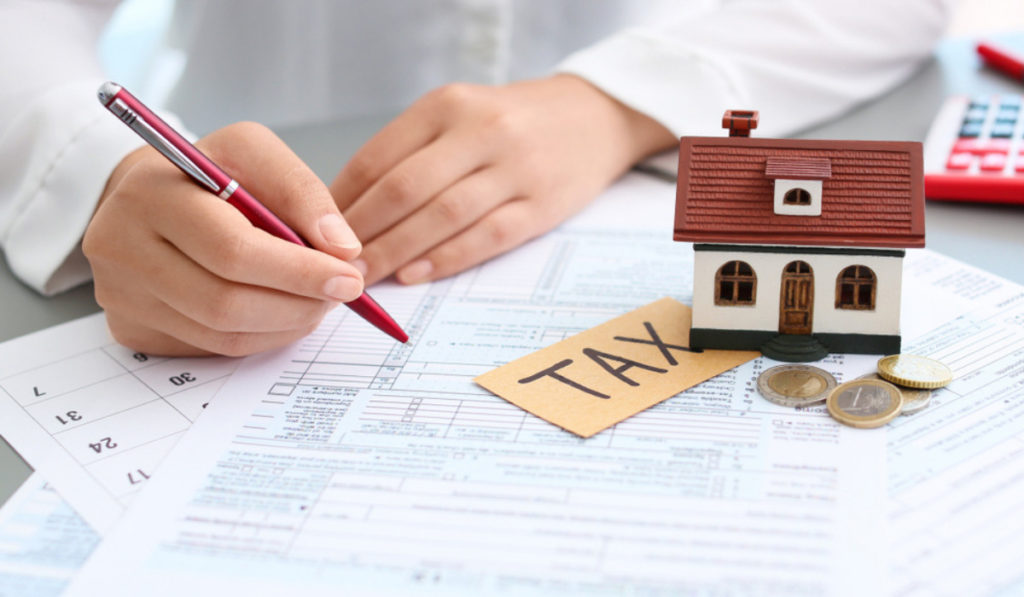
This pricing system was introduced decades ago when the government was unable to track transactions in the real estate market. Through this static DC rate, it was able to collect taxes according to the value of the property set in the DC valuation table.
Currently, provincial governments are using the District Collector valuation of immovable properties to calculate the stamp duty and capital value tax (CVT).
According to the Stamp Act (1899), the stamp duty on the property shall be charged according to the value of the property. The rate for the duty is taken from the DC valuation table. Different characteristics are used to evaluate the property, such as location and type of the property.
Right now, the provincial governments are charging stamp duty on rural immovable properties at 3% of the DC rate. For urban properties, 1% is charged for stamp duty according to the DC evaluated rates. These rates are calculated at the time of mutation.
The provincial governments of Punjab and Sindh have introduced the e-stamp DC valuation system through which people can easily find out the DC rate of the properties in the selected area.
DC Valuation of DHA Lahore
Given below is the DC rate of residential and commercial properties in DHA Lahore.
| Valuation of Immovable Residential and Commercial Property | ||
| DHA Phases | Residential DC Rate (Per Kanal) | Commercial DC Rate (Per Marla) |
| Phase 1 | 20,000,000 | 4,000,000 |
| Phase 1 (SEC-K) | 20,000,000 | 4,000,000 |
| Phase 2 | 20,000,000 | 4,000,000 |
| Phase 3 | 24,000,000 | 3,800,000 |
| Phase 3 (SEC-Y & Z) | 29,000,000 | 4,600,000 |
| Phase 4 | 17,000,000 | 3,700,000 |
| Phase 5 | 22,000,000 | 3,100,000 |
| Phase 6 | 15,000,000 | 3,000,000 |
| Phase 7 | 9,000,000 | 2,300,000 |
| Phase 8 | 11,500,000 | 2,000,000 |
| Phase 9 (Town/Prism) | 6,000,000 | 835,000 |
| Phase 10 | 3,000,000 | 640,000 |
| Phase 11 (Rahbar-Sadholki) | 9,500,000 | 850,000 |
| Phase 11 (Rahbar-Halloki) | 9,500,000 | 850,000 |
| Phase 12 (EME) | 16,500,000 | 2,000,000 |
| Phase 13 | 5,500,000 | 470,000 |
Real Estate Valuation Systems
In the real estate market, there are two valuation systems: DC valuation and FBR valuation for immovable properties. The Federal Government introduced the DC rates to counter the problem of unofficial property transactions in the sector.
However, the gap between DC and the market rate pushed the government to introduce the Federal Board of Revenue property valuation system. However, this system also proved inaccurate as the FBR rate is different from the market rate.
The government introduced these systems to calculate different taxes on any real estate transaction.
There are 4 types of taxes that the government collects: stamp duty and capital value tax (CVT) are collected by the provincial government and the federal government collects the other two withholding and capital gain taxes.
The difference in FBR and DC Valuation
Following is the comparison between the FBR and DC valuation for different DHA Lahore sectors.
| FBR and DC Valuation of Immovable Residential Property | ||
| DHA Phases | Residential DC Rate (Per Kanal) | Residential FBR Rate (Per Kanal) |
| Phase 1 | 20,000,000 | 27,000,000 |
| Phase 1 (SEC-K) | 20,000,000 | 27,000,000 |
| Phase 2 | 20,000,000 | 27,000,000 |
| Phase 3 | 24,000,000 | 30,000,000 |
| Phase 3 (SEC-Y & Z) | 29,000,000 | 30,000,000 |
| Phase 4 | 17,000,000 | 32,000,000 |
| Phase 5 | 22,000,000 | 35,000,000 |
| Phase 6 | 15,000,000 | 28,000,000 |
| Phase 7 | 9,000,000 | 23,000,000 |
| Phase 8 | 11,500,000 | 27,000,000 |
| Phase 9 (Town/Prism) | 6,000,000 | 17,500,000 |
| Phase 10 | 3,000,000 | 9,000,000 |
Impact of DC Valuation Rate
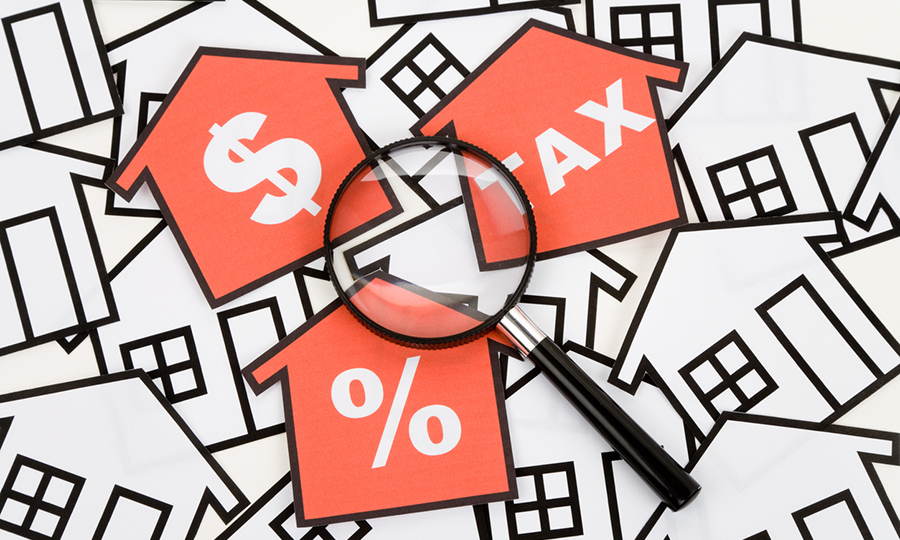
These DC and FBR property prices aren’t according to the market rates, which allows people to under-report the transactions. Hence, the funds above the DC or FBR rate are not contributing to the economy, which eventually creates a black market for real estate transactions.
These valuation systems haven’t allowed the real estate market to develop, which has the potential to contribute to economic growth in the country.
There are also different industries that are directly linked with real estate, such as cement, steel, ceramics, etc., which can boost the economy as well. Apart from the importance of real estate in economic growth, the social dimension of real estate cannot be ignored.
Besides the underreporting problem, there is a lack of information regarding sales and availability of property in the real estate sector. There is always a disparity between the market price and the price set by the government, especially since only the real estate agents are aware of the nuances of the market.
While the government has all the tools and resources to gather the required information, they seem to be lacking in setting prices accurately.
Conclusion
According to the government, without the presence of a pricing system, people will underreport the transaction, which will allow them to pay fewer taxes. However, these systems also enable them to avoid taxes as there is a disparity in the market and government prices.
This is why the government needs to set these rates according to the market rate, or they have to come up with a system that will make property transactions more transparent.
FAQ’s
How is the DC rate calculated?
Determining the property DC valuation involves considering various factors such as location, tehsil, district, city, town, revenue circle, floor, and property type. The provincial governments levy stamp duty on rural immovable properties based on 3% of the DC rate.
What’s a DC rate?
The meaning of “DC rate” can vary depending on the context. Here are the two most common interpretations:
-
In Pakistan: DC rate stands for District Collector rate. It’s a government-determined rate used to calculate stamp duty and capital value tax (CVT) on property transactions. It essentially serves as the minimum valuation of the property for tax purposes.
-
Other contexts: In other contexts, DC rate might refer to different things, such as:
- Development Charge rate: A fee levied by some municipalities for new developments.
- Data Center rate: A pricing scheme for data center services.
- Direct Current (DC) rate: A technical term related to the flow of electricity.
Can I get stamp paper online?
Yes, in some countries and regions, you can purchase stamp paper online through government websites or authorized vendors. However, the availability and process may vary depending on your location. It’s important to clarify the specific region or country you’re interested in to get an accurate answer.
What is DC formula?
Unfortunately, your question “What is DC formula?” is too vague to provide a specific answer. There are various “DC formulas” depending on the field and context. To give you a relevant answer, please provide more context about what you’re looking for. For example, are you referring to:
- A formula for calculating the DC rate in Pakistan?
- A formula used in circuit analysis involving direct current (DC)?
- A specific formula related to your work or studies?
What is DC rate in Pakistan?
As mentioned earlier, the DC rate in Pakistan refers to the District Collector rate used for property valuation and tax calculation. However, it’s not a single fixed rate. It varies depending on several factors, including:
- Location: The DC rate is determined for specific localities within each district.
- Property type: Different rates apply to various property types, like residential, commercial, or agricultural land.
- Land use: The usage of the property (e.g., vacant plot, built house) can also influence the rate.
Therefore, it’s impossible to provide a general answer about the DC rate in Pakistan without more specific details about the property in question. You can find DC rate information for specific localities on the websites of relevant government authorities in Pakistan.
To know more about real estate valuations in different cities, visit Graana blog.
